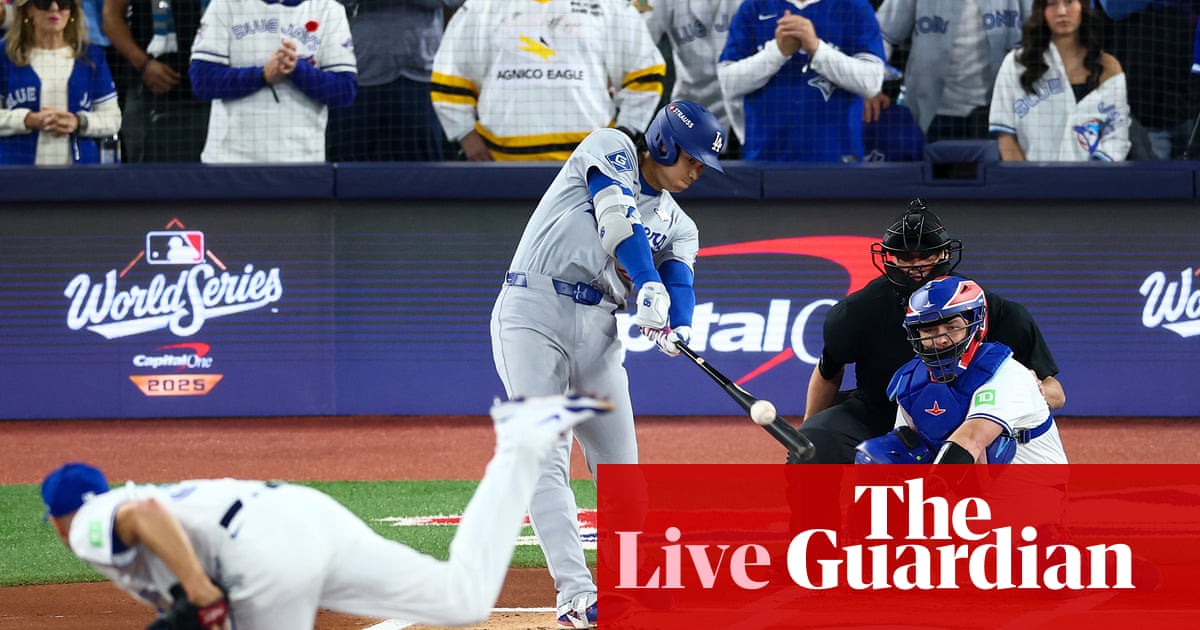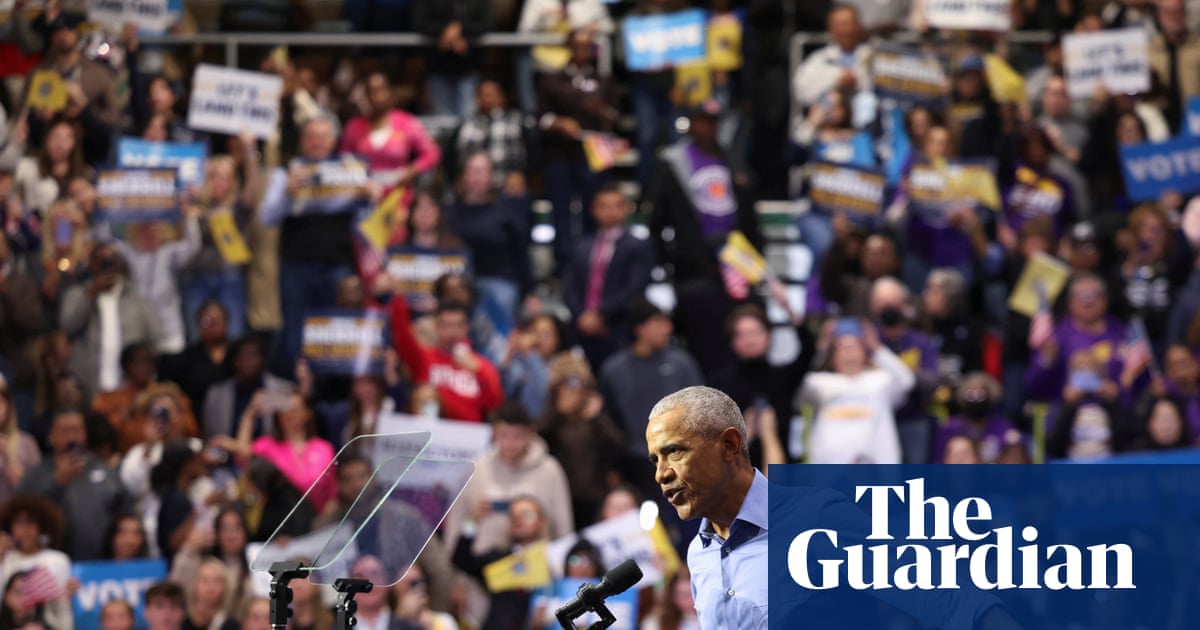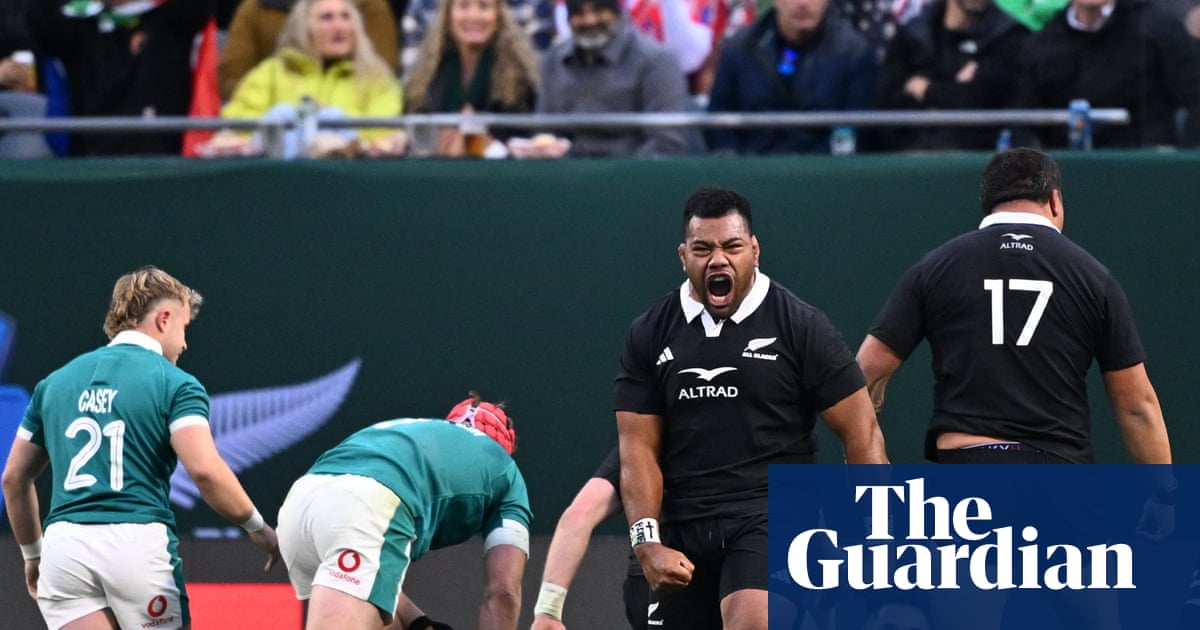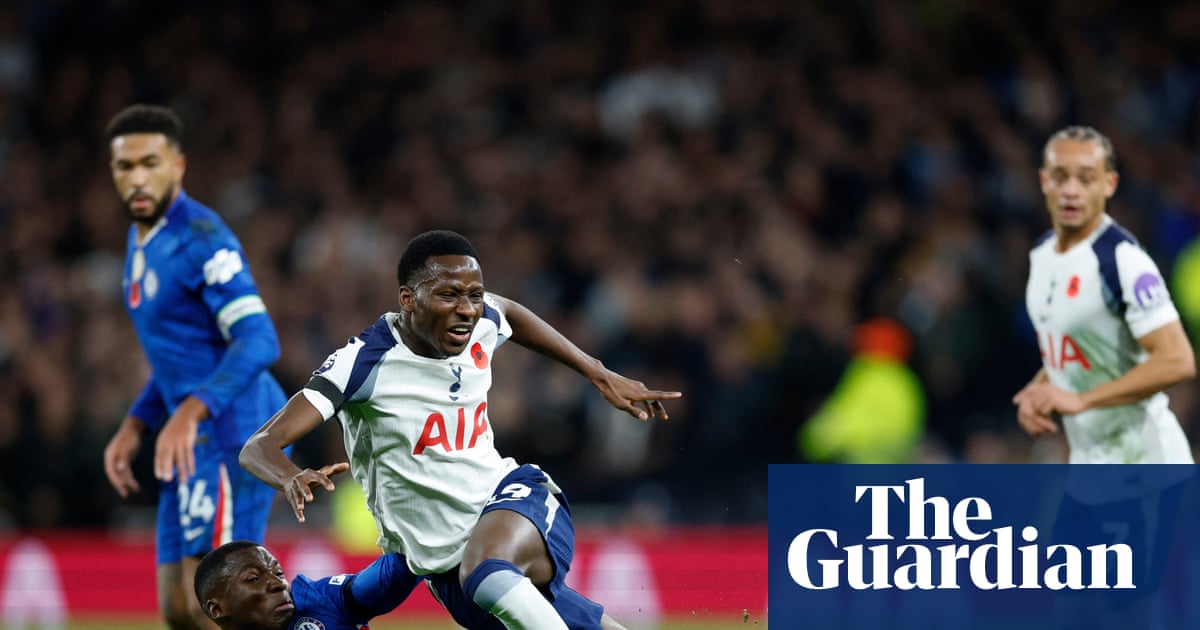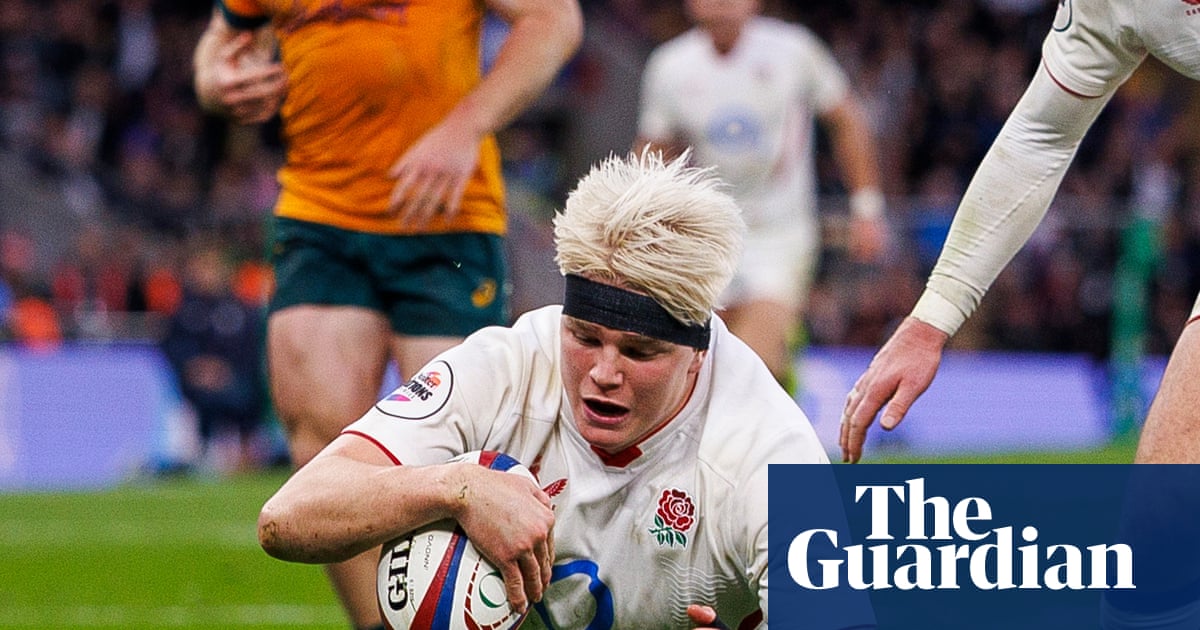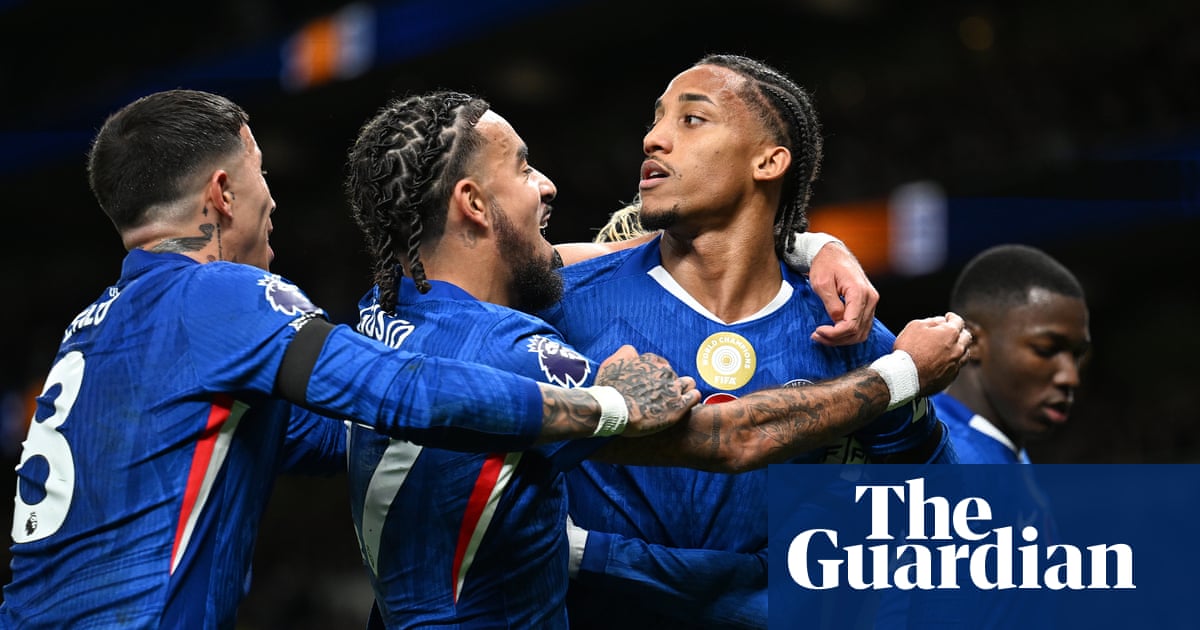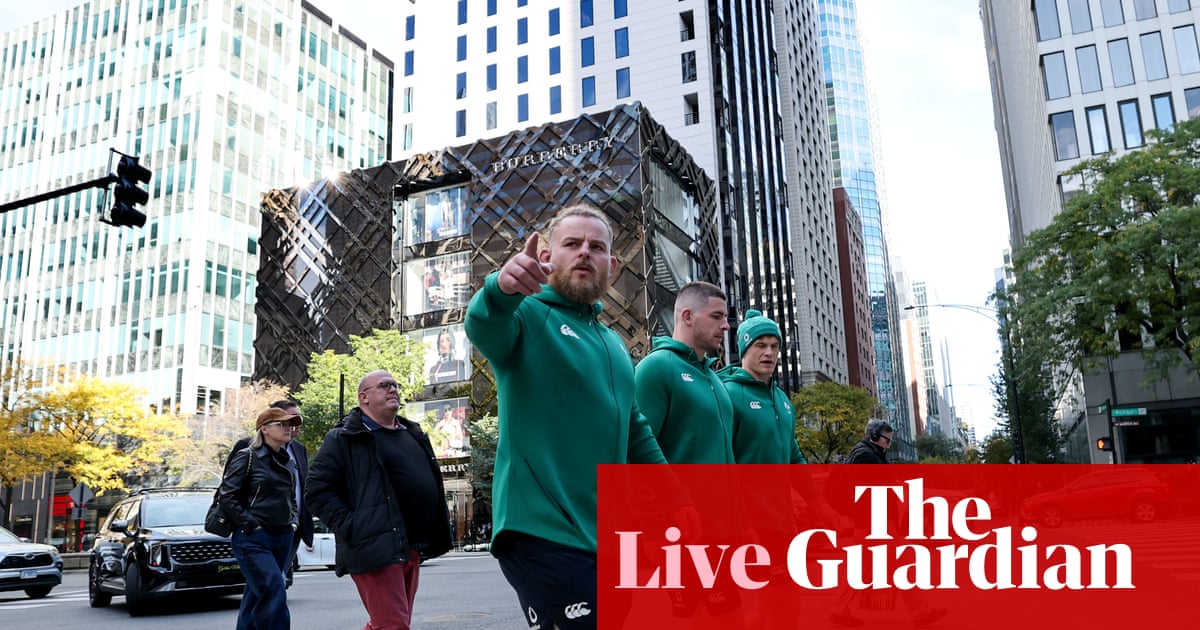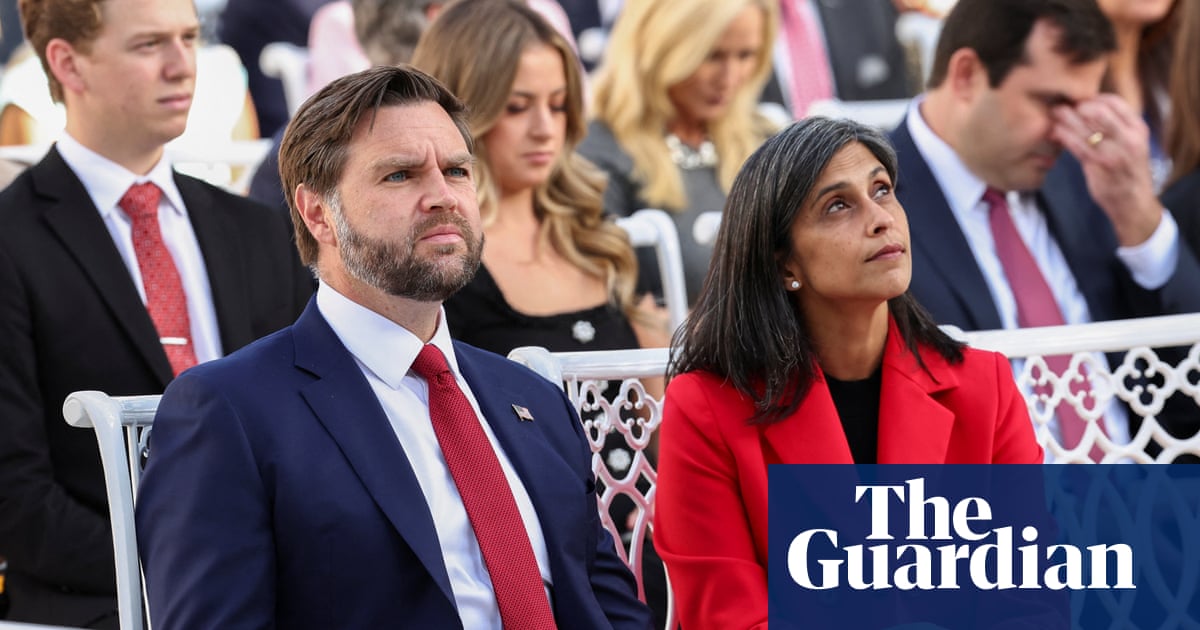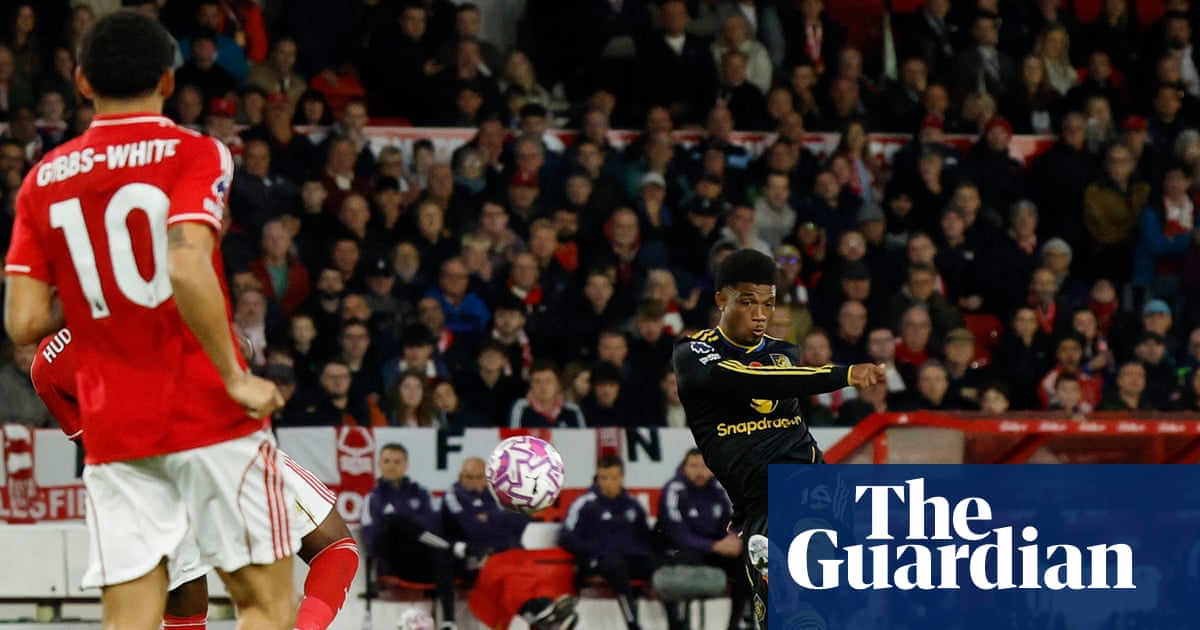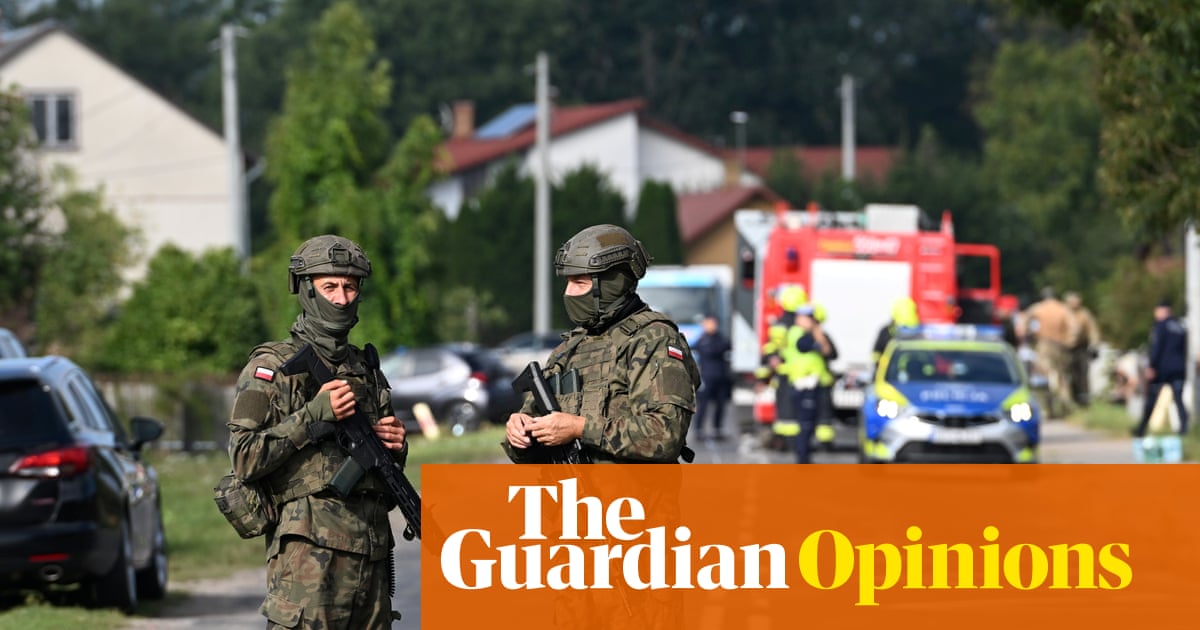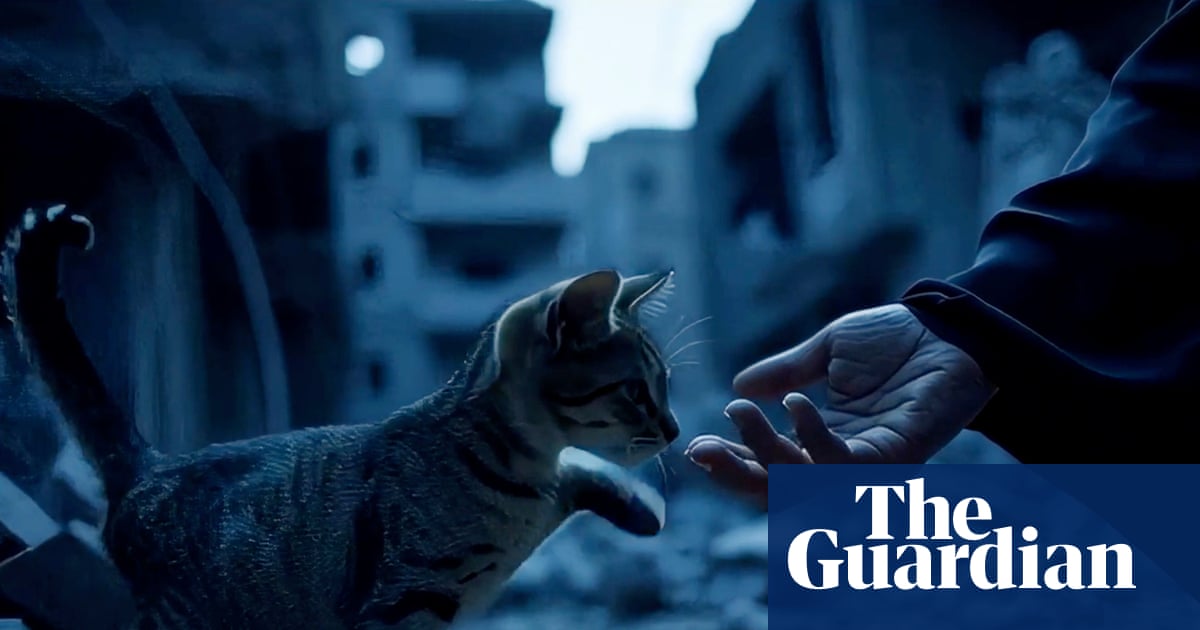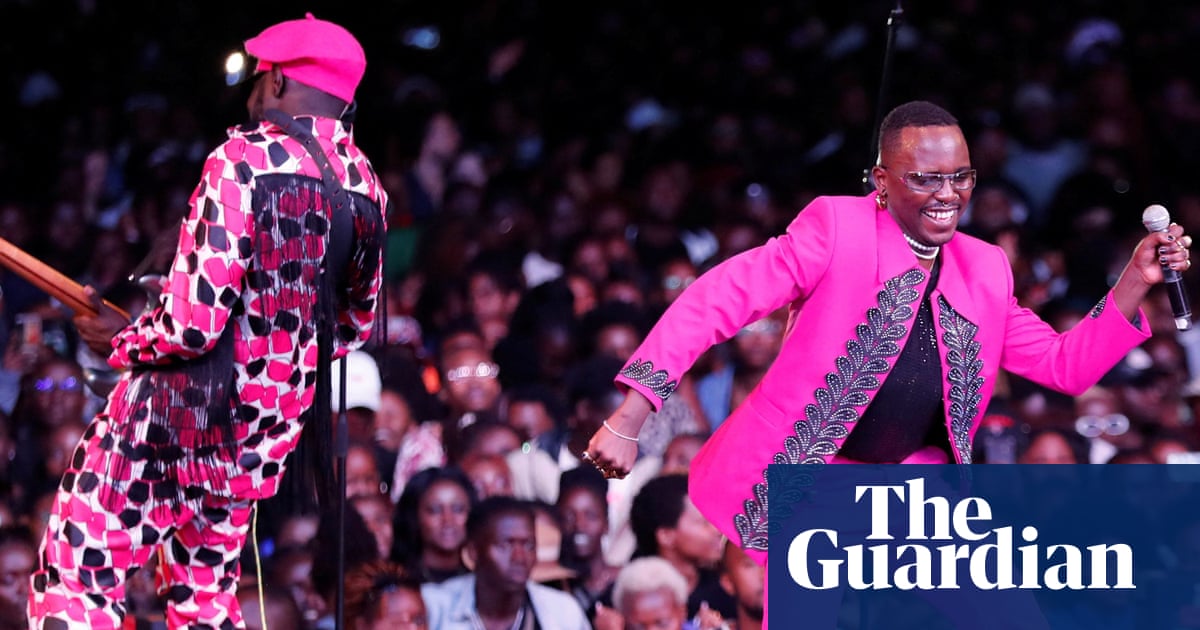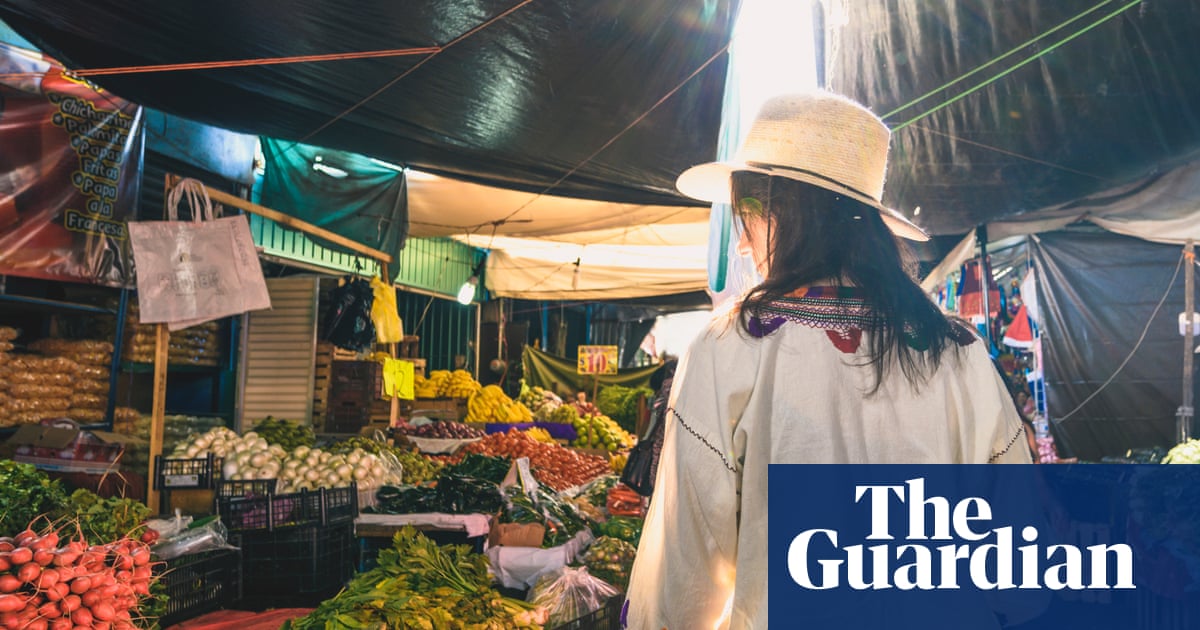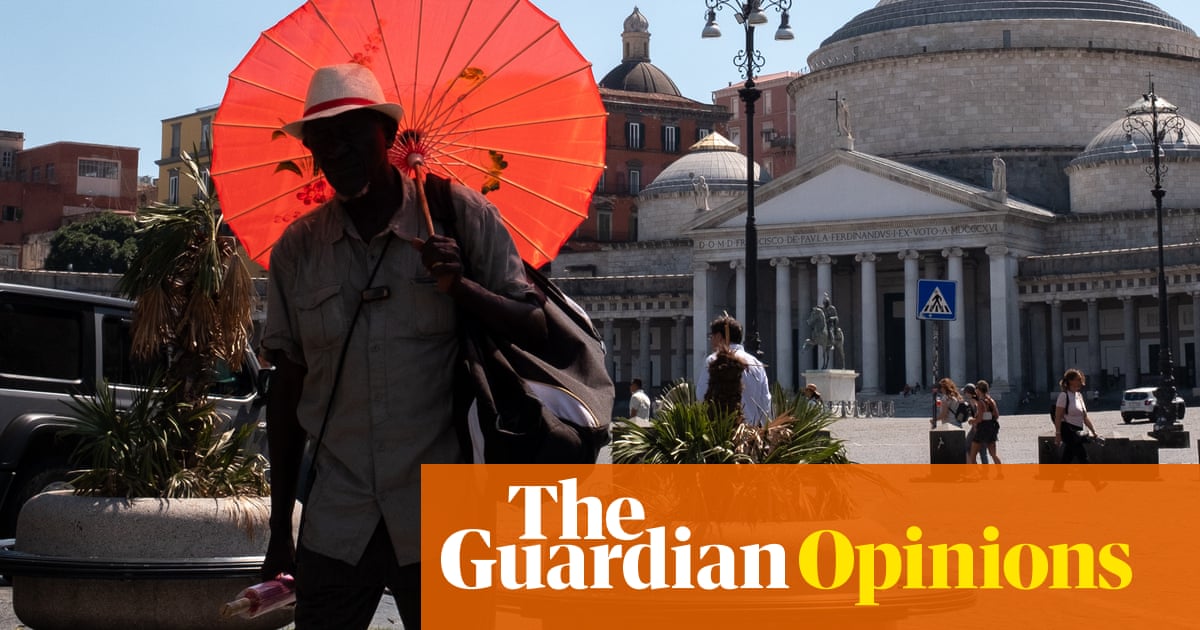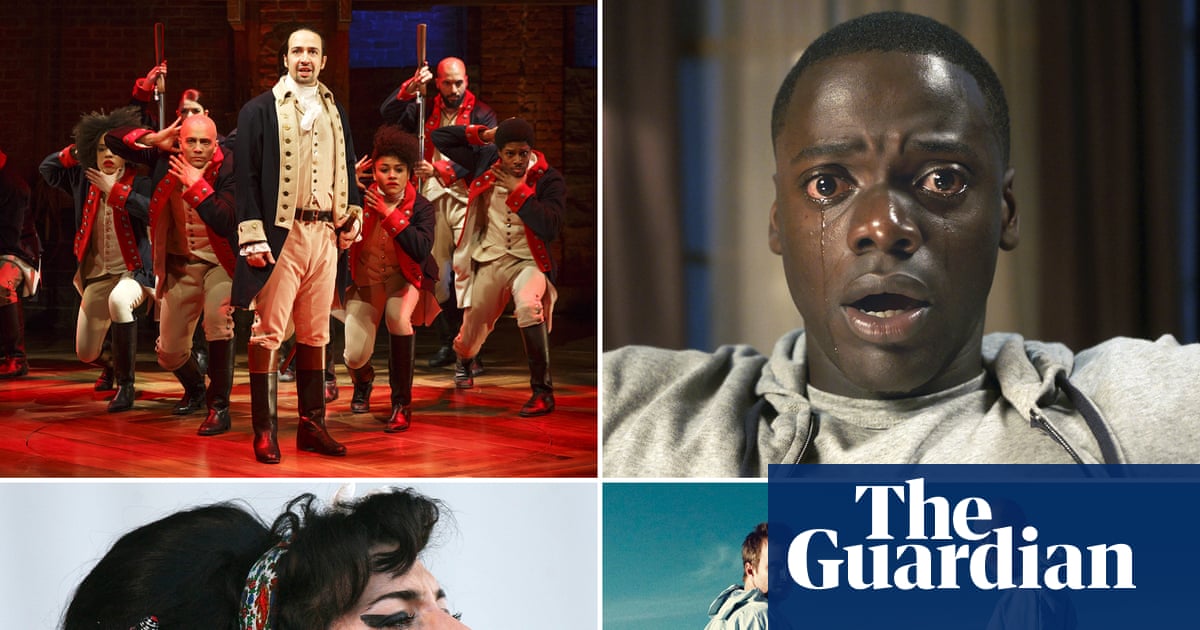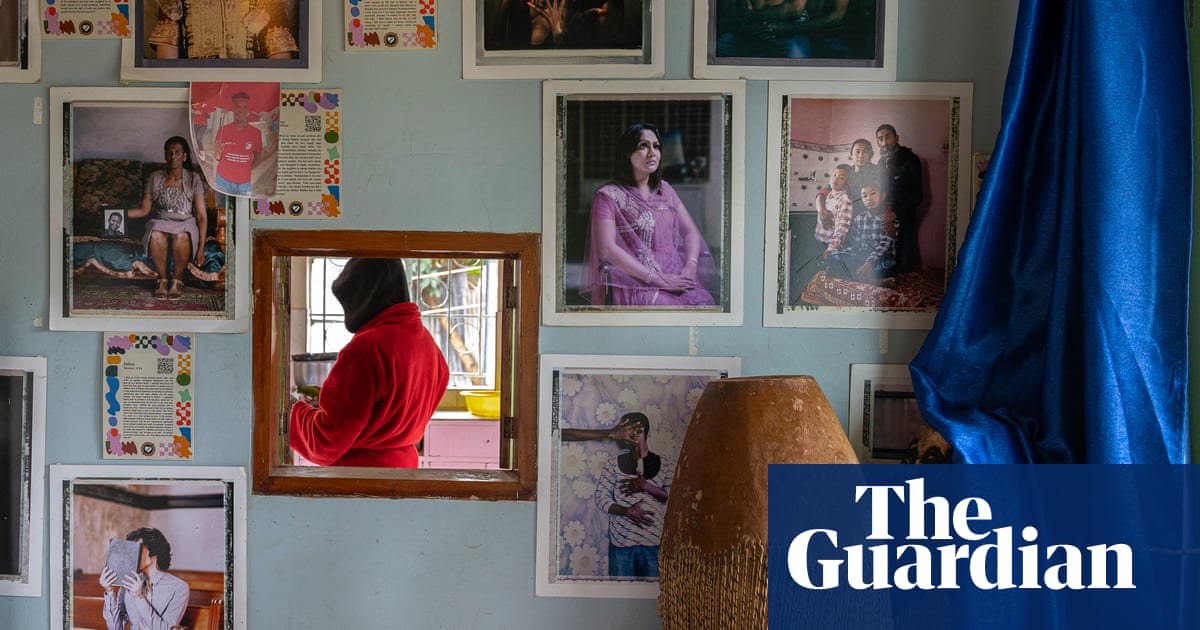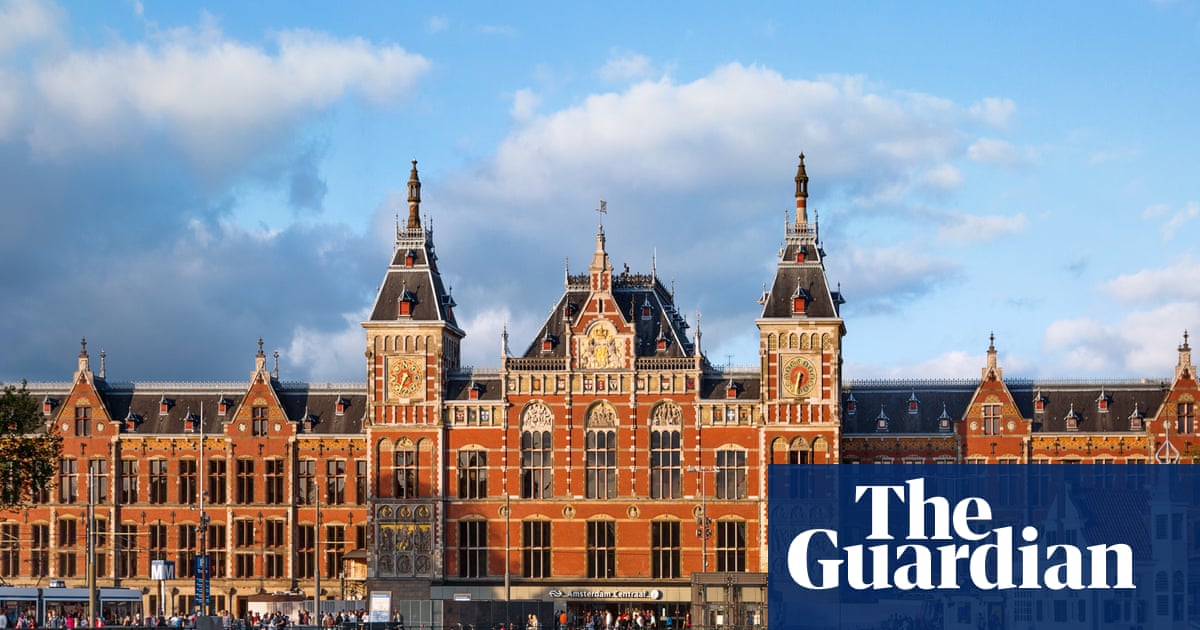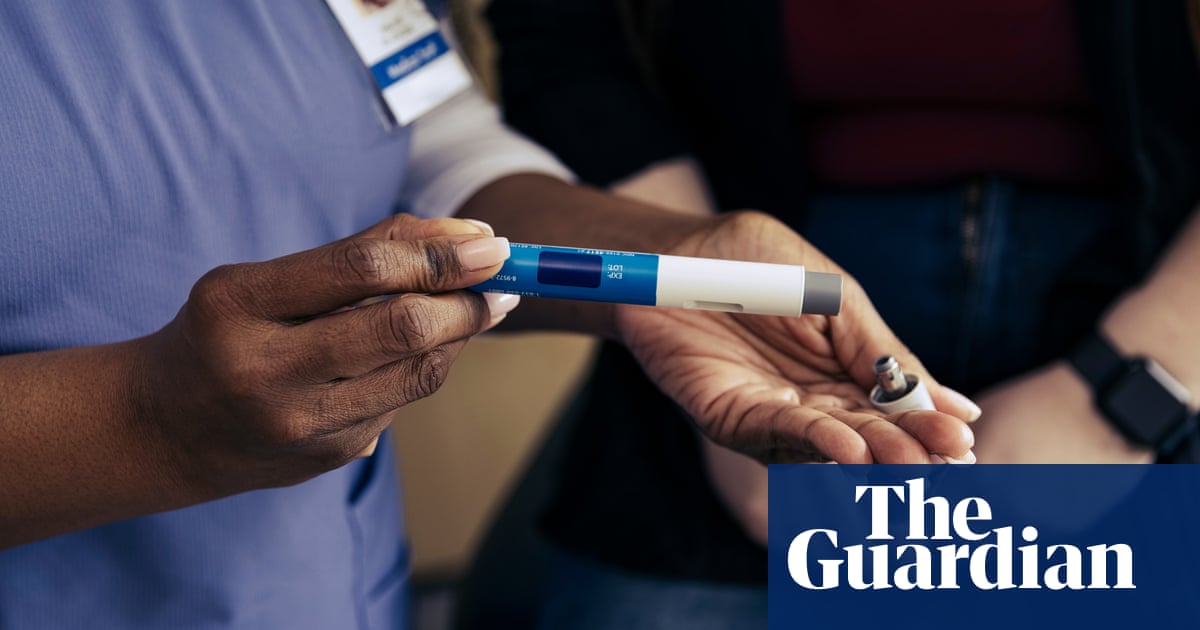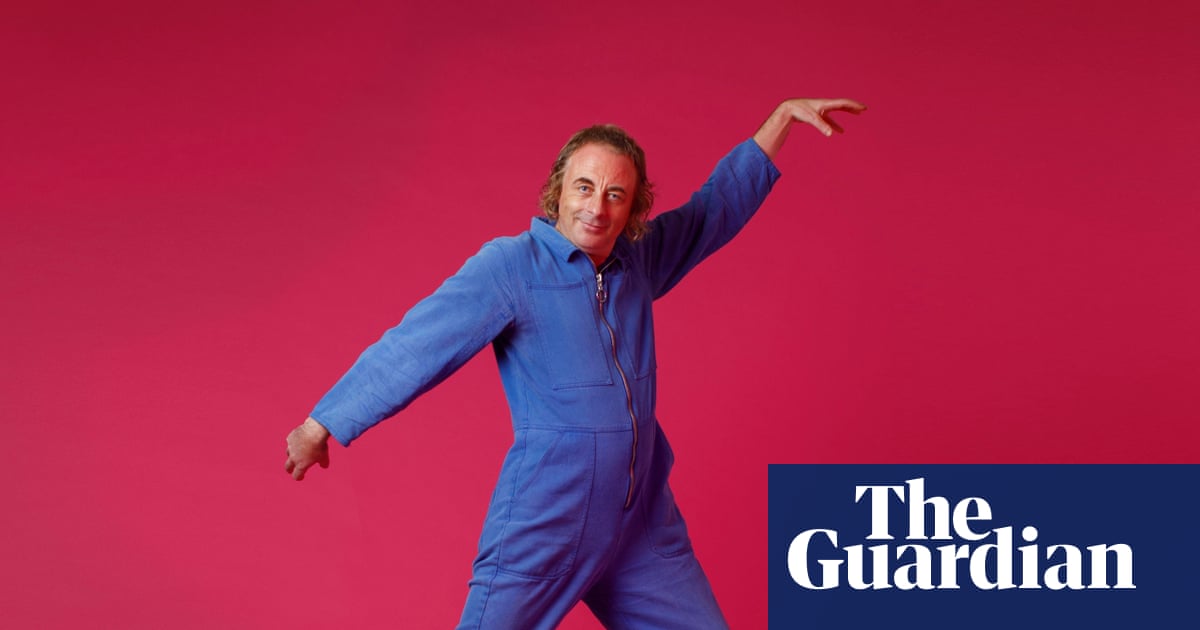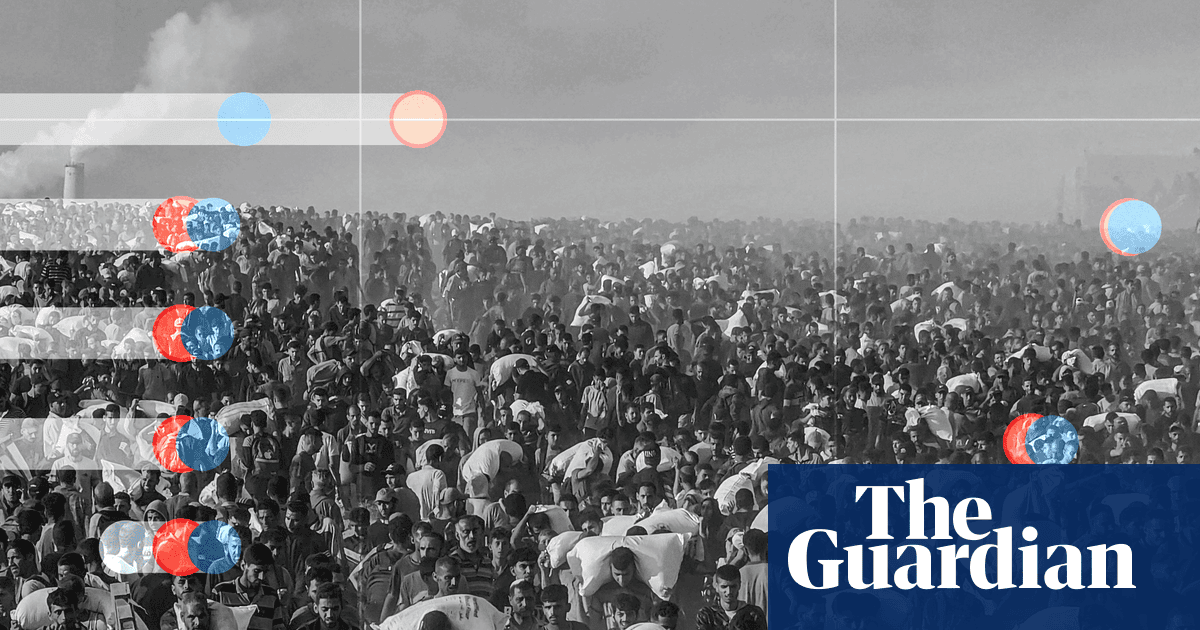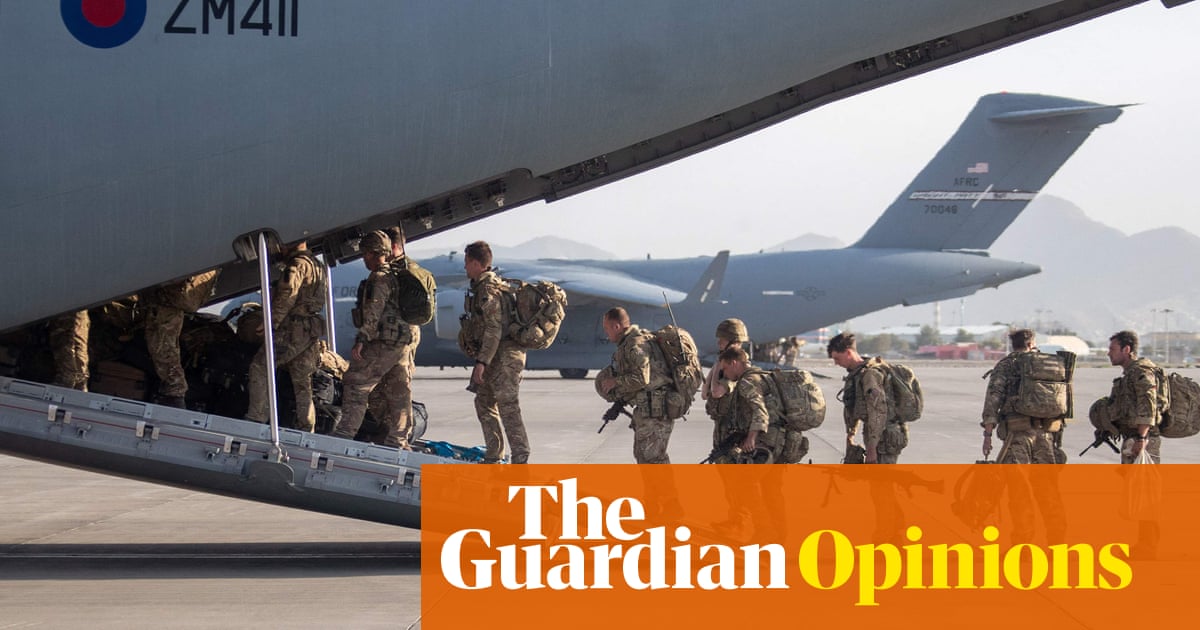On the night of 18 May, four-year-old Mark Ifiemenko was at home with his parents in Vasylkiv, a small town near the Ukrainian capital of Kyiv. As the sounds of explosions reverberated close to their two-storey home, Mark’s mother rushed him downstairs, along with his grandparents.
Later it would emerge that overnight, Russia had launched one of the largest attacks on Ukraine since the start of the full-scale invasion, with reports of more than 270 drones and missiles entering the country’s airspace.
Mark and his family hid in a room they believed was the safest, removed by at least two walls from the exterior of the house – a rule Ukrainians have learned to stay alive. Meanwhile, his father, Sergey, rushed to the kitchen to turn off the gas main. As he did so a Shahed drone – the size of a small car – hit their house.
“There was smoke and dust everywhere, I couldn’t even breathe. I started calling out to them [his family] and ran to the room they were in,” says Sergey, 31, who had returned from service on the frontline the previous week.
“I first saw my father and mother, they were injured. I asked my mother where Anna [his wife] and Mark were to which she replied Anna was no longer with us. I was holding a flashlight and when I pointed it down, I saw I was standing over my wife’s body … a fragment of the drone had pierced her head. Still, even in death, she was curled protectively around Mark, who was crying,” he says.
Soon after rescuing him from his mother’s dying embrace, Sergey rushed Mark, amid ongoing attacks, to the house of a nearby relative and returned to help his parents. The next morning Mark was transported to Ohmatdyt children’s hospital in Kyiv where he spent 10 days in the intensive care unit, most of it in a coma.
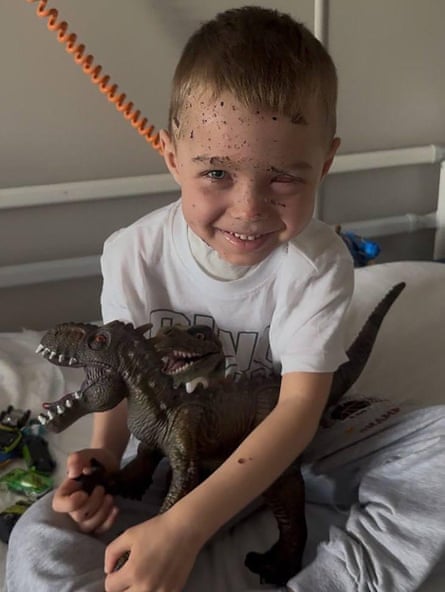
Mark survived the attack, says Sergey, thanks to his mother’s quick thinking and protection, but he has endured injuries and a trauma that will take many years to heal. He suffered from fractures to his skull, a crushed nose and injuries that have left him blind in one eye.
There has been a significant rise in child casualties in Ukraine in recent months as Russia indiscriminately targets heavily populated civilian areas, with 222 children killed or injured between March and May this year and 2,889 in total since the start of the invasion. Given the delay in verifying deaths, the UN says the true number is likely to be much higher.
Ukrainian rights group say Russia’s attacks are not accidental and should be more strongly condemned by international leaders. “Under international humanitarian law, deliberately targeting civilian infrastructure – especially schools, hospitals, and places where children gather – is considered a war crime,” says Daria Kasyanova, chair of the Ukrainian Child Rights Network.
Amnesty says it has documented “numerous instances of Russian forces conducting indiscriminate attacks in Ukraine, resulting in thousands of civilian casualties” and that “indiscriminate strikes that kill or injure civilians constitute war crimes”.
Even if the conflict ends, Ukraine now has one of the highest prevalence of explosive remnants of war and landmines globally, says the UN, which are likely to cause continuing casualties among children in particular far into the future.
For children such as Mark who have survived, the injuries – physical and emotional – that have been inflicted are life-changing. A Unicef survey earlier this year, estimated at least one in five children in Ukraine have experienced a personal loss to the war, whether a sibling, parent or friend.
Sergey says: “He asks about Mamusya [a Ukrainian term of endearment for mother] and misses her very much. I told him the truth about what happened to her. How much she loved him and how she did everything for him to be happy. I say that she has become his guardian angel.”
As well as regular visits to the hospital to treat his injuries, and more recently to fit a prosthetic eye, Sergey says his son has trouble sleeping, and with his learning and development.
“It is very hard sometimes for him because he’s just a child. He reacts to loud sounds, even flinching at anything that might sound like a drone.”

Kasyanova, who also works with a shelter for children without parental care or a guardian, says the war is having a multidimensional impact on children in Ukraine.
“Beyond the tragic increase in casualties, children are being deprived of safety, stability and a sense of normalcy. Their childhoods are marked by fear, separation and instability,” she says.
Both home and school life have been severely disrupted for millions of children in the country. For those aged three and younger, their entire lives have been marked by bombardments, violence and displacement.
“Ukrainian children have been learning online for the third or even fourth year in a row because schools are either destroyed, damaged, or simply unsafe due to the constant threat of shelling. This is a deeply traumatising reality,” says Kasyanova.
For some children, the war in Ukraine has been going on even longer – it is more than 11 years since Russia’s first invasion into the eastern regions of Ukraine.
“There are children and teenagers who have never known a peaceful life – who were born into conflict or have lived most of their lives in war. Their understanding of childhood is shaped by loss, displacement, deportation, fear, and instability,” says Kasyanova.
“If this trauma is not addressed properly, it can have long-term consequences on their ability to learn, build relationships, trust others. In some cases, this trauma can even be passed on to future generations,” she says.
Sergey, now permanently back from the frontline to take care of his son, says he just wants to do everything he can to make Mark’s life a happy one, despite his injuries and trauma.
“I don’t want another Ukrainian child raised to experience war. They have done nothing wrong to be killed or hurt like this. They didn’t deserve this,” he says.
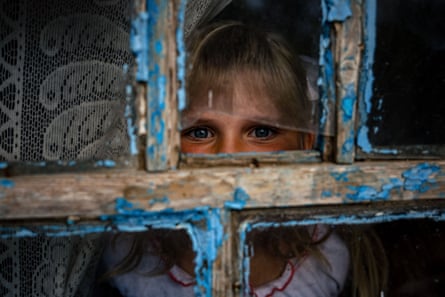

 3 months ago
42
3 months ago
42
